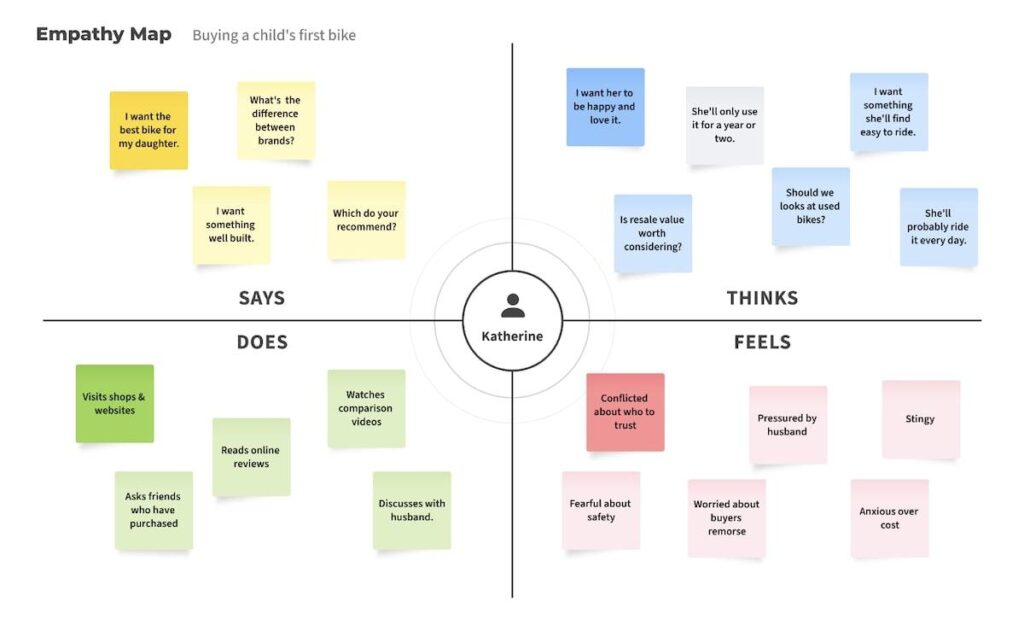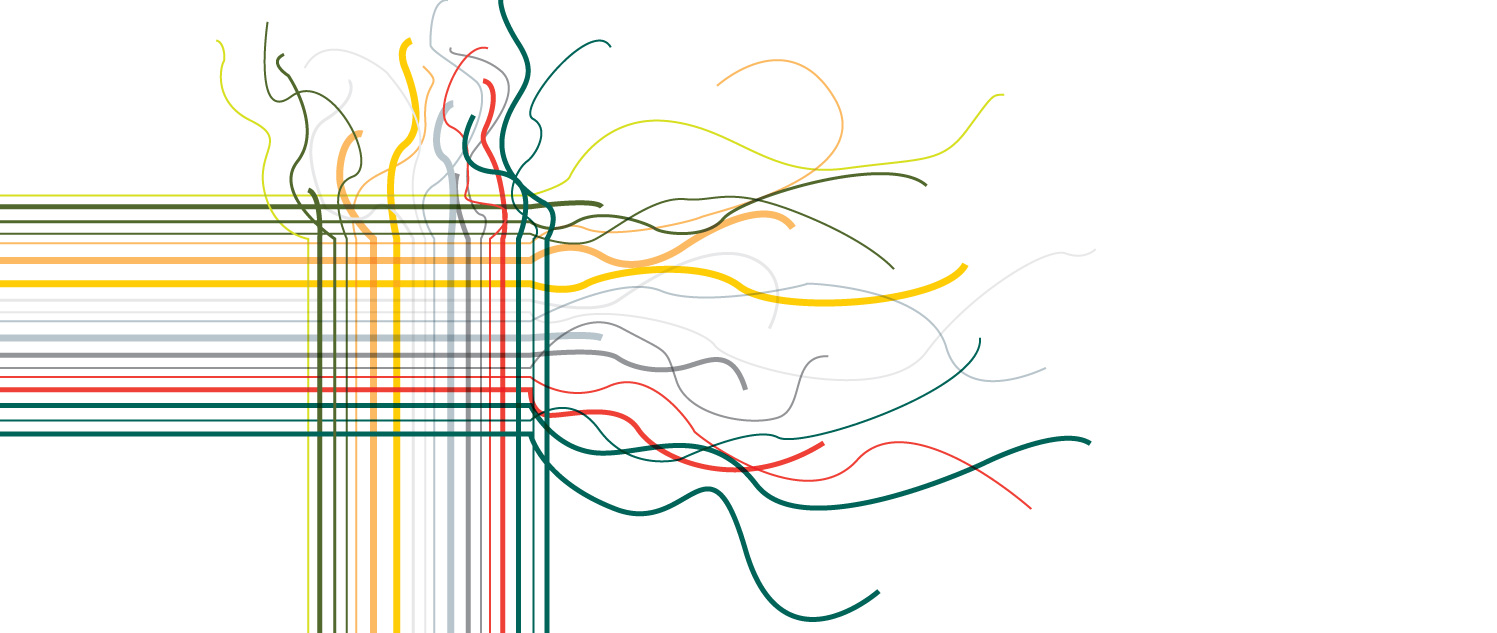
Feb
Research Like A Journalist | Secondary Research To Design Better Services
Whenever I get ready to conduct user research, I put on my Oprah persona. Oprah is an excellent interviewer. She’s engaged. She’s funny, she’s present. And she’s prepared. Many people forget that before Oprah Winfrey became a multimedia mogul, she started out as a journalist working in radio stations in Nashville and news stations in Baltimore and Chicago. That journalism background can be inspiring for any user researcher or service designer trying to gather deeper insights about the experiences of a service.
Whereas primary research is gathering data on customer feedback in a survey or one-on-one or small group interviews, secondary research is essentially research you do not conduct yourself. Often referred to as desk research, make no mistake. Secondary research is not simply doing a lot of Googling. It’s using a journalist’s mindset of who, what, where, why, and how to cast a broader net of existing knowledge.
Use Current News Stories to Build Personas
In the summer of 2020, I conducted interviews for a new know your options feature for homeowners and renters looking for relief during the COVID-19 lockdowns. Because I could not recruit external participants and had to use internal staff members as proxies, I used the news to cultivate personas for my interview prompts. Articles featured in The Washington Post and CNN where actual homeowners and renters who were behind on their rent and mortgage payments due to unemployment provided the kinds of real-world experiences that would have taken weeks for me to find on my own.
Use LinkedIn to Create Empathy and Ecosystem Maps

Social media, particularly LinkedIn, is an amazing resource to go over the work history and background of other professionals. It’s an even more powerful tool to understand what someone might think, feel, do, and say. It’s a great method for interview prep when interviewing someone for the first time. Think of how Sean Evans from Hot Ones does his interviews.
As mentioned in my portfolio piece on the effectiveness of ecosystem maps, gathering publicly-available information can help you get a sense of the internal infrastructure of a company or agency, which can help you and your team wrap your minds around the scale and reach of your discovery, design, prototyping, and testing.
Use TikTok, Instagram, and YouTube to Understand Internet Culture and Broaden Your Conception of Accessibility
Modern social media has problems. It’s full of misinformation and conspiracy theories. AI-generated images are confusing our favorite (least favorite) elder family members. But social media is still a place where individuals can share their experiences. My favorites are content creators who present what it’s like to move through the world as a legally -blind or a deaf/hard-of-hearing person. Blind on the Move, Jonurquhart_, and Lucy Edwards are some of my favorites to follow.
Let’s say your government client is tasked with providing a publicly-available portal for customers who want an exception for using a piece of software that is set to be banned in the country, how would you create personas based on this scenario? Use the news.
Tips For Finding and Utilizing Secondary Research
Look for legacy media. News organizations such as CNN, NBC, ABC, CBS, The Washington Post, Los Angeles Times, The New York Times, Chicago Sun-Times, and Fox News are considered legacy news. They hire real journalists that do the real work of reporting stories and getting direct quotes from people. Then there are smaller local news and a few smaller publications that are still around. Modern news is rife with bias and a heavy corporate interest. If you suspect bias is in play, make sure they cover the basic facts of the story and look for direct quotes. Those will be the humanity we deeply seek in our research plans.
Look to independent media that has a long history of accurate journalism and gets the direct voice of people impacted. If there is more emphasis in the reporting quotes from experts in the subject matter and less emphasis on actual impacted individuals, consider the veracity of research to be limited. As a service designer conducting research, you have expertise.
For modern digital media, you’ll need to rely on platforms like YouTube, Instagram, TikTok, and increasingly news podcasts. You still want to rely on the voices of those who are experiencing the impact of a system or service. Look for content that interviews workers at a call center or customers who describe their most recent shopping experience at a national grocery store.
Use the public library. Research repository JSTOR is also free to access if you have a library card.
Make sure to avoid clickbait articles or social media channels and podcasts that are more editorial than actual journalism. “Media” and “journalism” are not the same and can get easily confused on social media. Again, refer to credible news sources and make sure they get the direct voices of impacted people.
Shaping Your Primary Research Plan
Once you’ve collected a nice set of articles, I suggest creating a special folder in my browser just for research for that particular project. That way, I don’t deal with the dizzying effect of too many tabs every morning.
Understand that what you’ve gathered may not be exactly what you’re looking for, but it can be very close. You can learn valuable research methods. You can learn their insights that you can apply to your project, potentially saving a ton of time and money. And you can challenge your own assumptions going into the project, checking yourself before you wreck the project.
I like to treat user research the way I treat design research. I first assume that I’m not the only one who has thought of the questions or ideas. They likely have been brought up before. Then I go out into the world and see who else has asked these questions. If they haven’t been asked yet, my questions, goals, and hypotheses become the foundation of new research.


